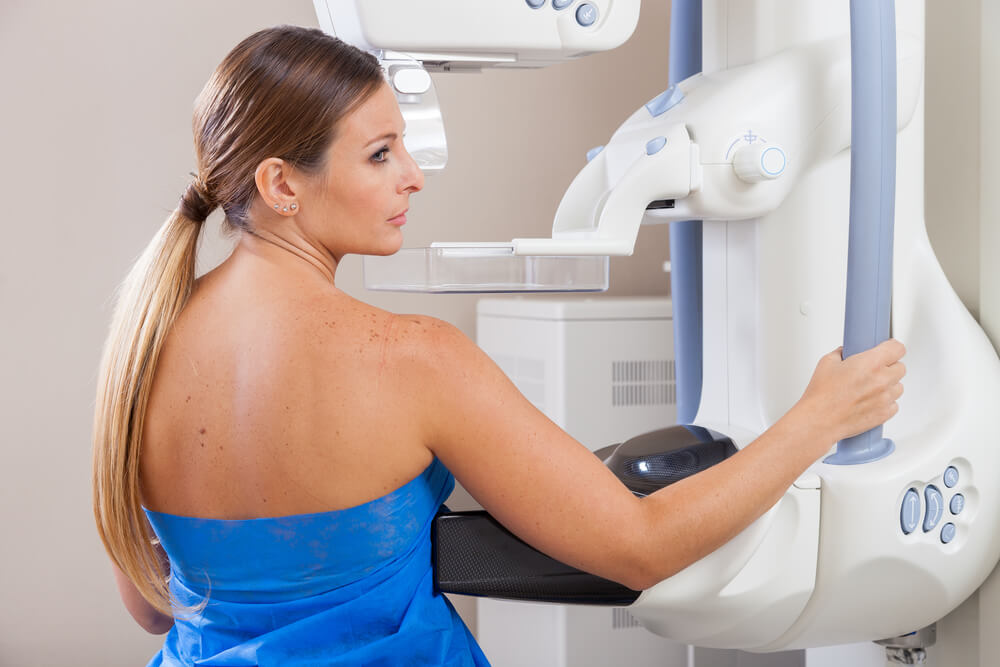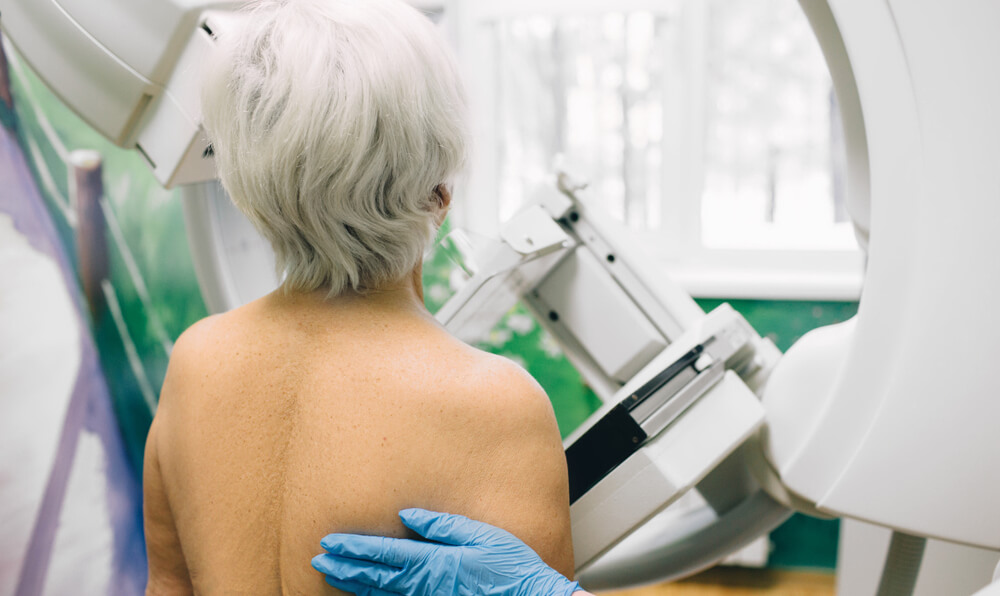Breast cancer is the most probable form of cancer among women in the United States, besides skin cancer. Fortunately, if this type of cancer is caught early, the chances of it being successfully treated are drastically increased. That is why it’s so important that women should have themselves screened for breast cancer regularly – mainly as they grow older.
What Is a Mammogram?
This term refers to a low-dose X-ray screening of the breast. The aim is to pick up and evaluate any possible changes, including masses, calcification, or distortion. There are various types of mammograms. The latest technological breakthrough in this field is called 3-D mammography. It reduces false-positive findings and improves cancer detection by giving doctors a clearer picture of the breast tissue’s overlapping structures. Read more about the different types of mammograms below.
- Different Types of Mammograms
- The three most common types of mammograms include:
- The Older Technology: Conventional Mammograms
- Also known as traditional mammograms, this technology generates images by examining breasts via a low-dose X-ray system.
- A Major Breakthrough: Digital Mammograms
In the case of a digital mammogram, the conventional X-ray film is replaced by a digital chip that records images of the breast. Also referred to as full-field digital mammography, this process allows the physician to view images of the breast on a computer screen and then print them on a particular type of film.
Digital mammograms have several benefits over their traditional counterparts. These include the fact that the patient is more comfortable, reduced exposures, and quicker image acquisition.
Breast health screenings that use this new technology have been confirmed to offer better cancer detection abilities than traditional mammograms in 3 groups of females: women with unusually dense breasts, those under the age of 50, and those in perimenopause.

The Latest Technology: 3-D Mammograms
The latest technological advance in this field is 3-D mammography. This groundbreaking process enables doctors to detect better tissues or masses that could be cancerous. In conventional mammogram tests, the details of the breast are shown as a single, flat image. With 3D technology, the breast can be viewed as a series of different layers. This makes it possible for the radiologist to interpret the images more accurately.
The introduction of 3D mammography has also been shown to increase early breast cancer detection accuracy and meaningfully reduce the chances of a false-positive diagnosis. In addition, it indeed decides whether to go for annual mammograms after age 40, which is much easier to make!
When Should Women Start with Regular Mammogram Screenings?
At what age should women start searching Google for mammograms near me? In recent years there has been much debate about how often to get mammograms after 40 and when women should start with regular yearly mammogram screening. Let’s examine the current state of the discourse.
The American Cancer Society’s official position is that:
- When it comes to how often to get mammograms after 40, the ACS says that women should be allowed to choose whether they want to have annual mammograms after age 40 until they are 44.
- From 45 to 54, women should have yearly mammograms
- From 55, a woman can decide to continue with the yearly mammograms or switch to every two years.
- Women should not stop screening as long as they are in good health and have a life expectancy of 10 years or more.
- Every woman should know the limitations, pros, and potential cons of mammogram screening.
The American Society of Breast Surgeons has issued the following guidelines:
- All females age 25 or older should undergo a formal breast cancer risk assessment.
- The ASBS’s view on how often to get mammograms after 40 is that females who have an average risk of breast cancer should start with annual mammograms after age 40.
- Females with an above-average risk of developing breast cancer should begin with regular yearly mammogram screenings even before they turn 40 and should continue with that every year.
The U.S. Preventive Services Task Force has issued the following guidelines:
- This organization has a different view on how often to get mammograms after 40. It states that, between the ages of 50 and 74, women should undergo yearly mammogram screenings every second year.
- The decision to start with mammography screenings before the age of 50 should be left to the individual. Women who are aware of the potential risks and nevertheless believe that the potential benefits outweigh these should have the right to start with annual mammograms after age 40
Apart from the above recommendations, your physician may recommend that you undergo a mammogram screening for the following reasons:
- To get a diagnosis of any possible breast irregularities that might be found either by yourself or the doctor during a routine breast examination
- To track the progress of irregularities or lumps
- As a follow-up to an abnormal mammogram that was done earlier
- If you are at high risk for developing breast cancer
How Can I Reduce My Chances Of Getting Breast Cancer?
You can reduce your chances of getting breast cancer by exercising regularly, not allowing yourself to become overweight, following a diet without high amounts of animal fat, and keeping your stress levels under control. Being proactive in early breast cancer detection and being aware of any family history for breast cancer are two other important factors.

Can Mammograms Be Harmful?
This question has caused heated debates on social media in recent years. But, unfortunately, many arguments against regular mammogram screenings are not rooted but instead based on half-truths and fear mongering. So before you decide never to start searching for mammograms near me, let’s examine the facts:
There is no scientific proof that mammograms can give you cancer. Although a mammogram uses radiation, it’s a minimal amount. Most of us are exposed to much higher background radiation levels if we live in a large town or city. As long as the facility you are using has been approved by regulating agencies, minimal radiation risk is involved. So if the possible threat of radiation prevents you from doing a Google search for mammograms near me, relax. That is not a significant risk.
Mammograms can, however, cause-specific issues. Issues that are, in our opinion, far outweighed by their benefits. During the test, for example, you are likely to suffer mild discomfort. The second risk is that of a false positive that, combined with the subsequent biopsy, can cause unnecessary stress. Finally, there is also the risk of ‘overtreatment,’ i.e., a mammogram detects a type of cancer that will not affect your lifespan and, hence, merely results in you undergoing unnecessary treatment.
In our opinion, measured against what can happen if breast cancer is not picked up before it’s too late, none of the above is significant enough to deter you from searching Google for ‘mammograms near me.’
Trogolo Obstetrics and Gynecology
Hopefully, we’ve addressed most of your questions about mammograms above. However, if we missed something, please don’t hesitate to ask a question below. And if you would like to find out more about what we do, you are welcome to visit our website. This is also where you will find out contact details if you want to make an appointment with one of our highly trained and experienced specialists.


